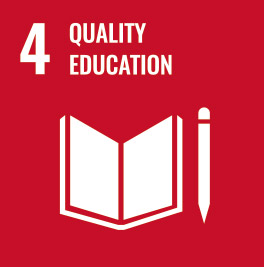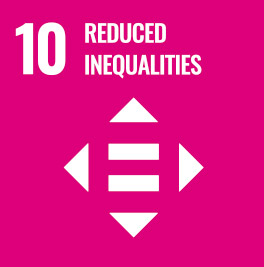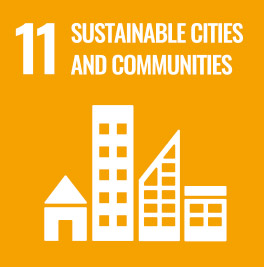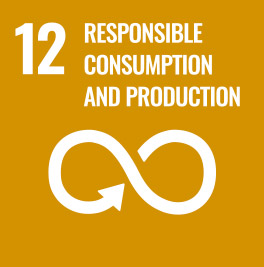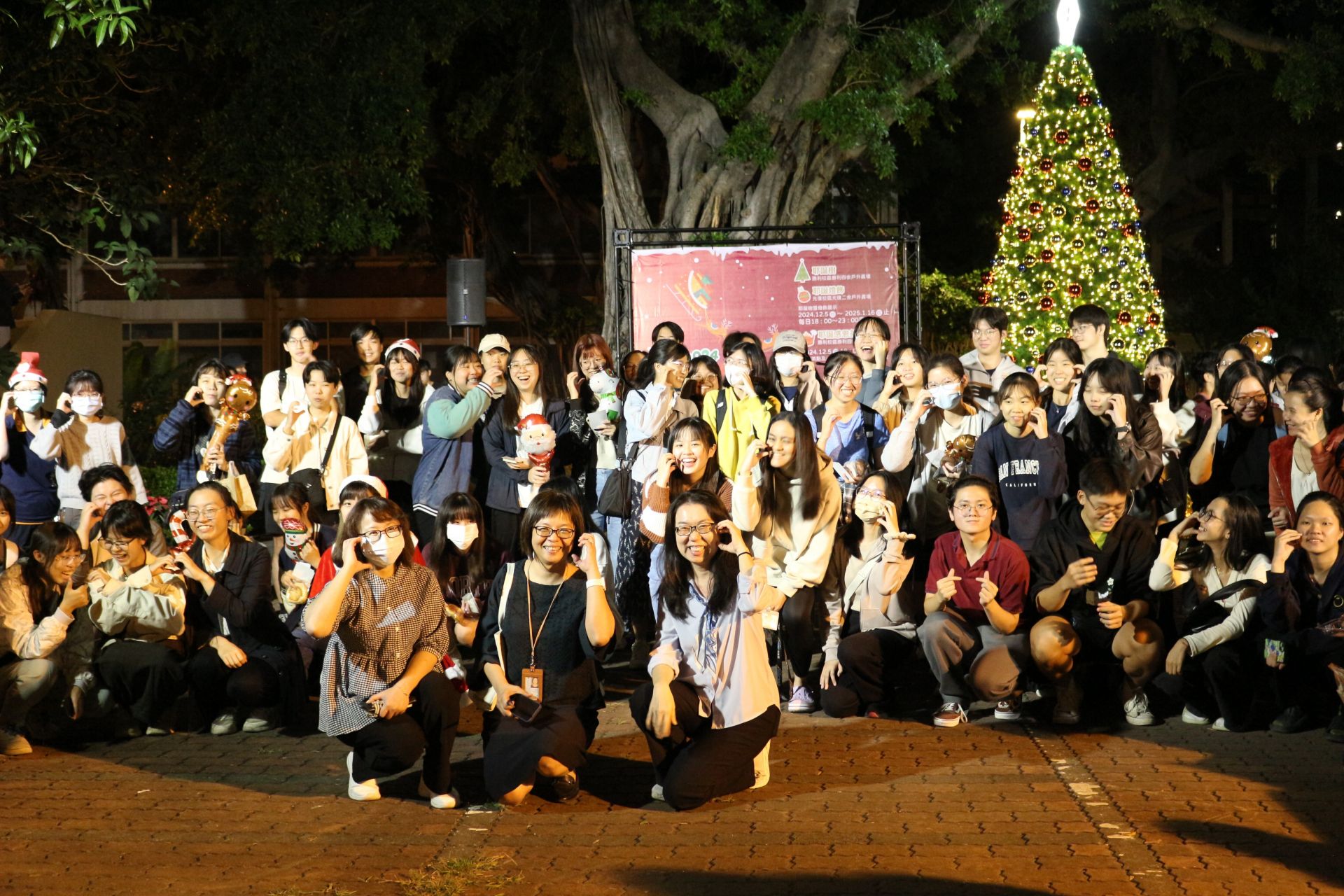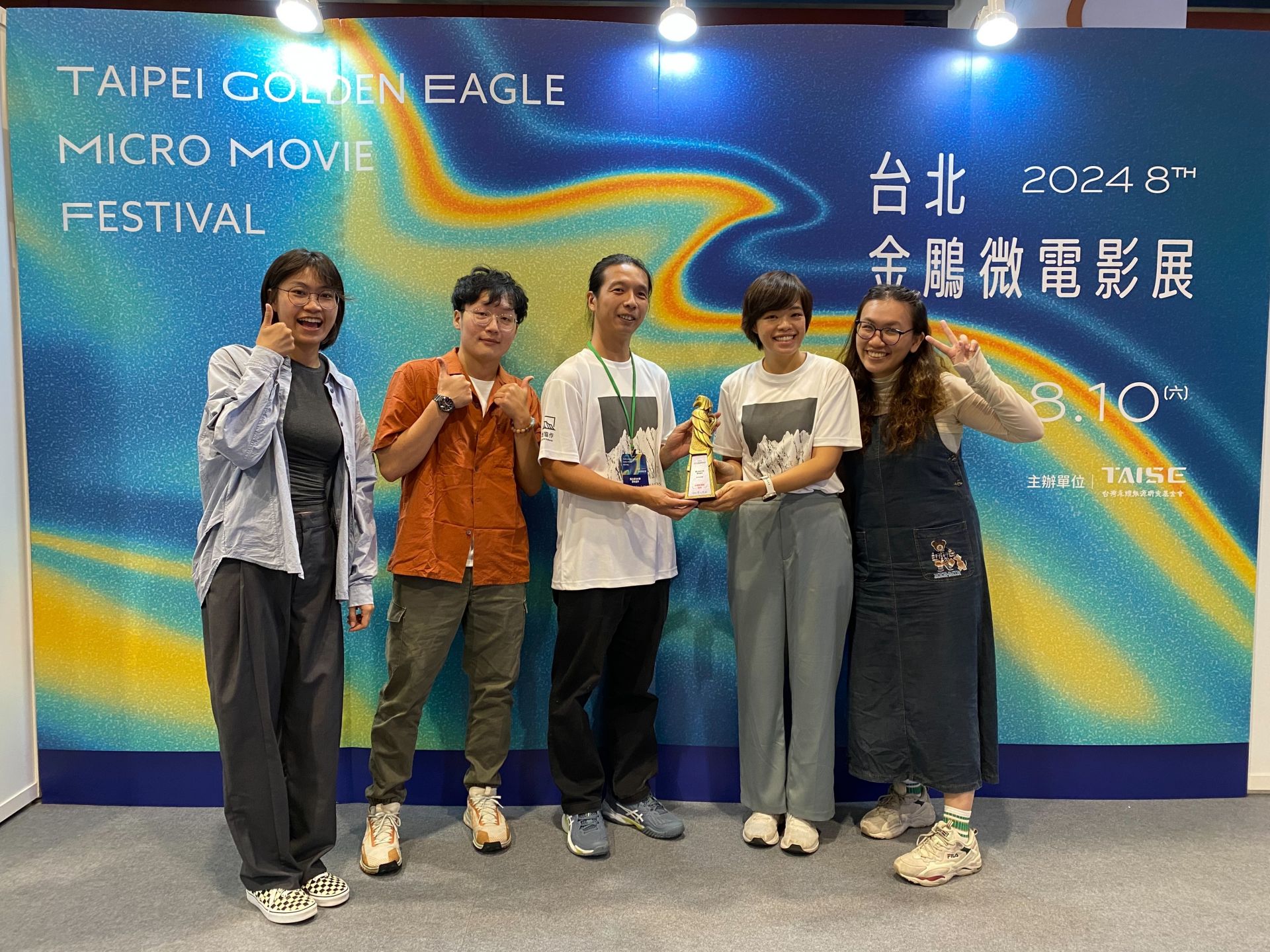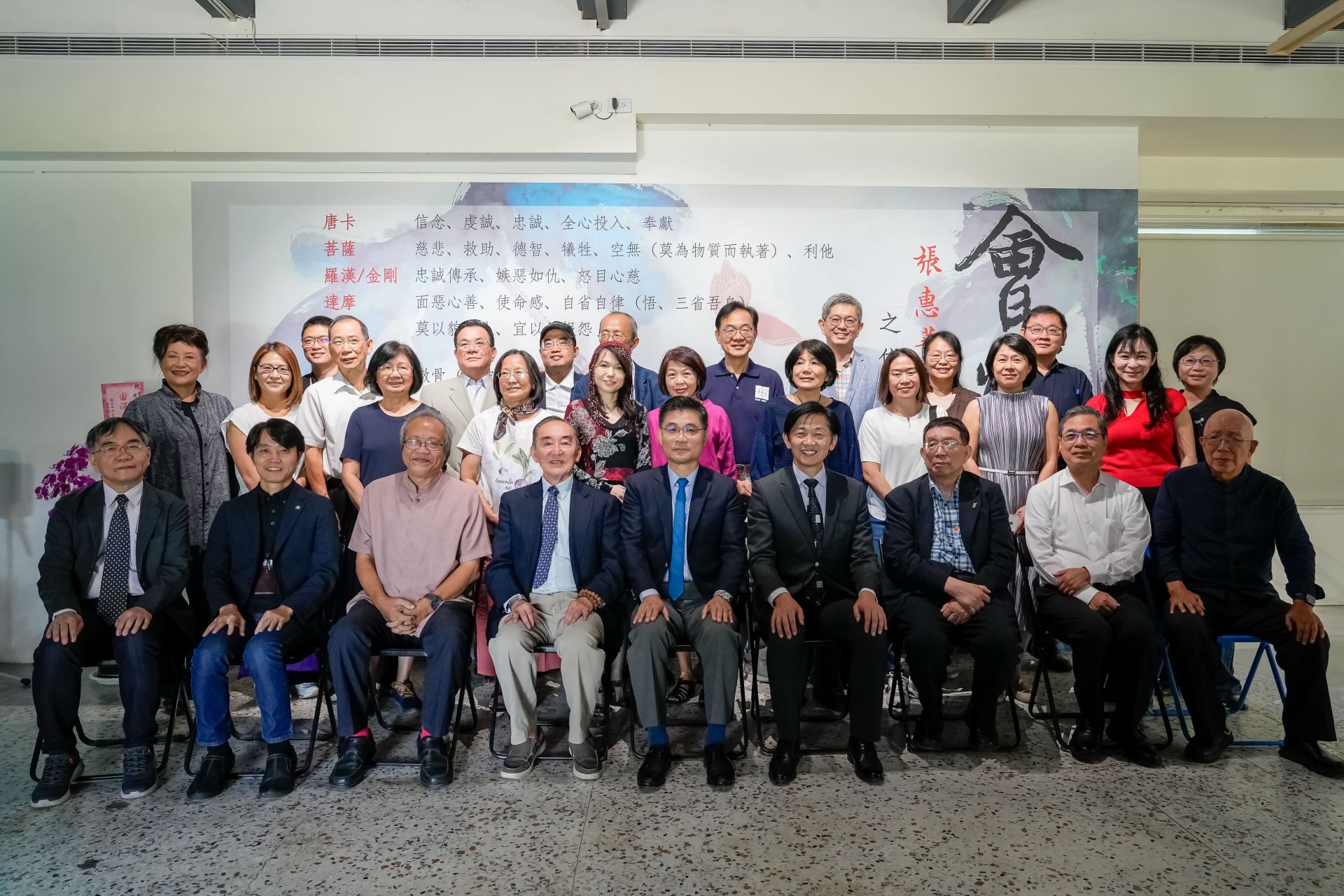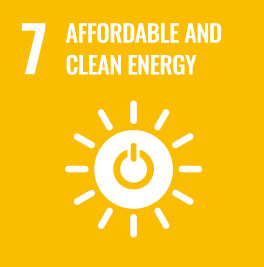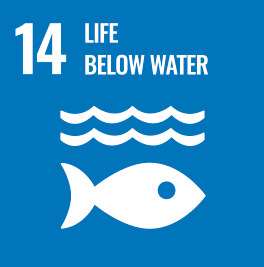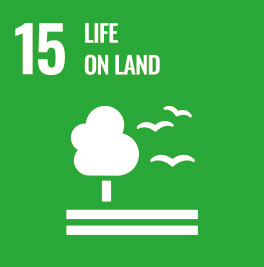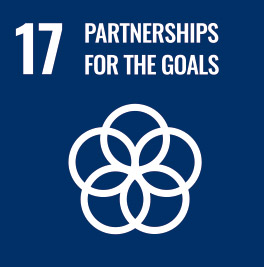The 5th Indigenous Arts Showcase featuring paper mulberry bark crafts is on display at NCKU Kuang-Fu Campus until August 29
On the morning of July 4, the Indigenous Students Resource Center (ISRC) of NCKU’s Office of Student Affairs held the opening ceremony in front of the Yun-Ping Window Gallery. Professor Yu-Cheng Wang, Director of ISRC, shared that since 2024, the Indigenous Arts Showcase has been curated collaboratively by students and instructors from the Cultural Workshop course. The initiative aims to deepen the presence of indigenous arts—blending traditional craftsmanship and modern creativity—within the university campus. With support from Artistic Director Shih-Hung Yang and the NCKU Art Center, this year’s exhibition was expanded to include a second venue, with a two-month display period open 24/7 to the public.
Curator Ms. Ya-Lan Wang (Zepulj Kaluvung) of the Lumamiling team remarked, “Culture endures through practical use.” She explained that bark cloth techniques have largely faded from daily life since the emergence of textile weaving. The showcased works are crafted from paper mulberry fiber, a natural material deeply rooted in indigenous culture. The team hopes to revitalize this tradition through contemporary applications. The exhibitions “Creation” and “Earthen Light” feature a variety of items such as lamps, backpacks, travel bags, tissue boxes, tableware, and collages, showcasing how participants transformed natural materials into meaningful works that combine everyday wisdom with artistic sensibility. Each piece reflects the artist’s personal life story. “Working with tree bark requires patience. If you rush, you’re more likely to damage it. From students’ reflections, I realized that this course goes beyond learning traditional techniques—it also nurtures personal growth.”
The Cultural Workshop is one of ISRC’s annual highlights, where tribal artists are invited to NCKU to teach indigenous handcrafts and guide students in exploring modern applications. The 2025 theme, “Poetry of Nature: Paper Mulberry Bark Creations,” spanned a month of immersive learning. Students gained hands-on experience, from learning about the tree itself to harvesting bark and creating finished pieces. Many expressed a profound sense of fulfillment. Some shared that although pounding the bark started off as fun, fatigue and even existential thoughts crept in mid-process. Others humorously compared it to “chopping roasted duck.” Yet for some, the rhythmic pounding became a space for deeper reflection—“In the patterns of time etched into the fibers, we heard echoes of our future.”
The curatorial team noted that paper mulberry is native to Taiwan and typically grows in sunny, low-elevation areas. Its bark is soft, fibrous, and rich in plant-based glue, making it ideal for traditional uses such as xuan paper, cotton paper, and even currency production. For Taiwan’s Indigenous peoples, mulberry bark has long served as a vital material for making clothing and ritual cloths through the labor-intensive process of hammering the bark to stretch its fibers into fabric. These creations are imbued with both everyday and ceremonial significance. Moreover, academic research has shown that the cultural use of paper mulberry also traces the migration history of Austronesian peoples across the Pacific.
The Lumamiling team, based in Pingtung, is composed of artists from the Paiwan and Rukai tribes. Their core spirit is “learning through daily life.” In recent years, the group has focused on exploring three-dimensional shaping and material fusion with bark fibers for everyday object design. Through their brand “Lumamiling,” the collective has participated in numerous art exhibitions and spatial design projects, earning recognition and awards across Taiwan.
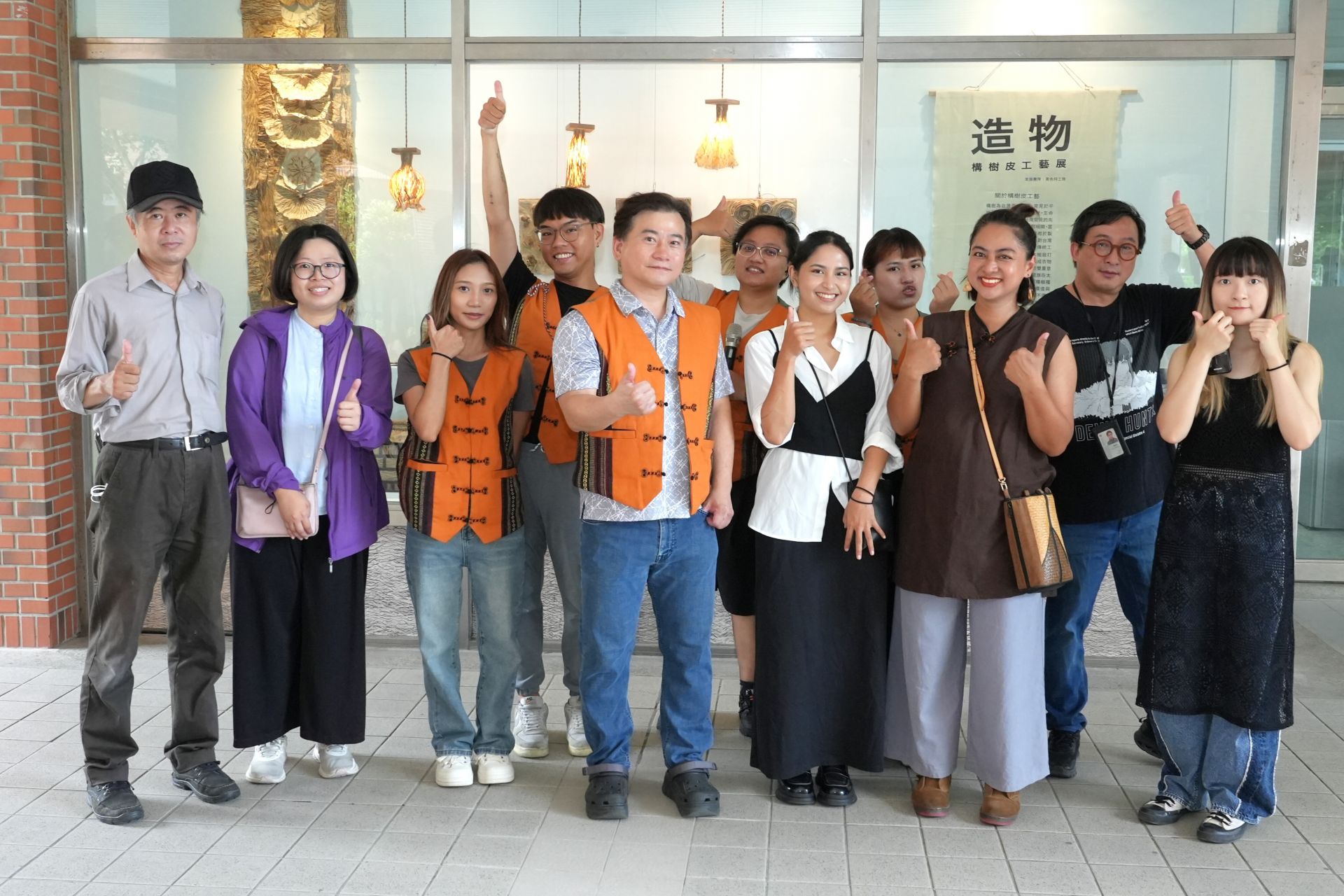
The 5th Indigenous Arts Showcase is now on view at the Yun-Ping and Art Window Gallery on NCKU's Kuang-Fu Campus. The exhibition is open to the public with free admission. Visitors from both on and off campus are warmly invited to drop by and enjoy the works at their own pace before August 29.
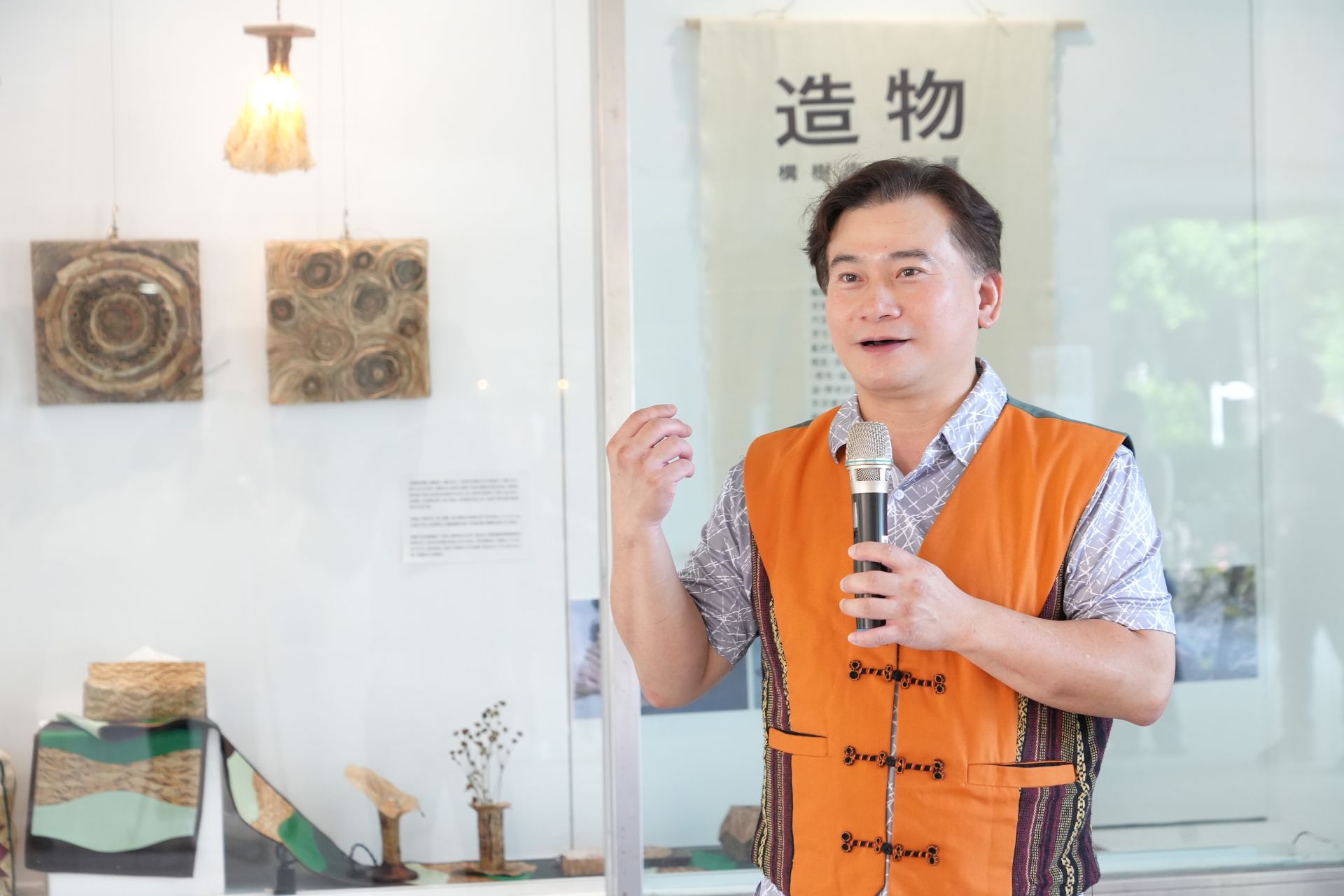
Professor Yu-Cheng Wang, Director of the Indigenous Student Resource Center at NCKU, stated that since 2024, the Indigenous Arts Showcase has been curated collaboratively by students and instructors from the Cultural Workshop course. The initiative aims to bring artworks that blend traditional indigenous craftsmanship with contemporary creativity more deeply into the university campus.
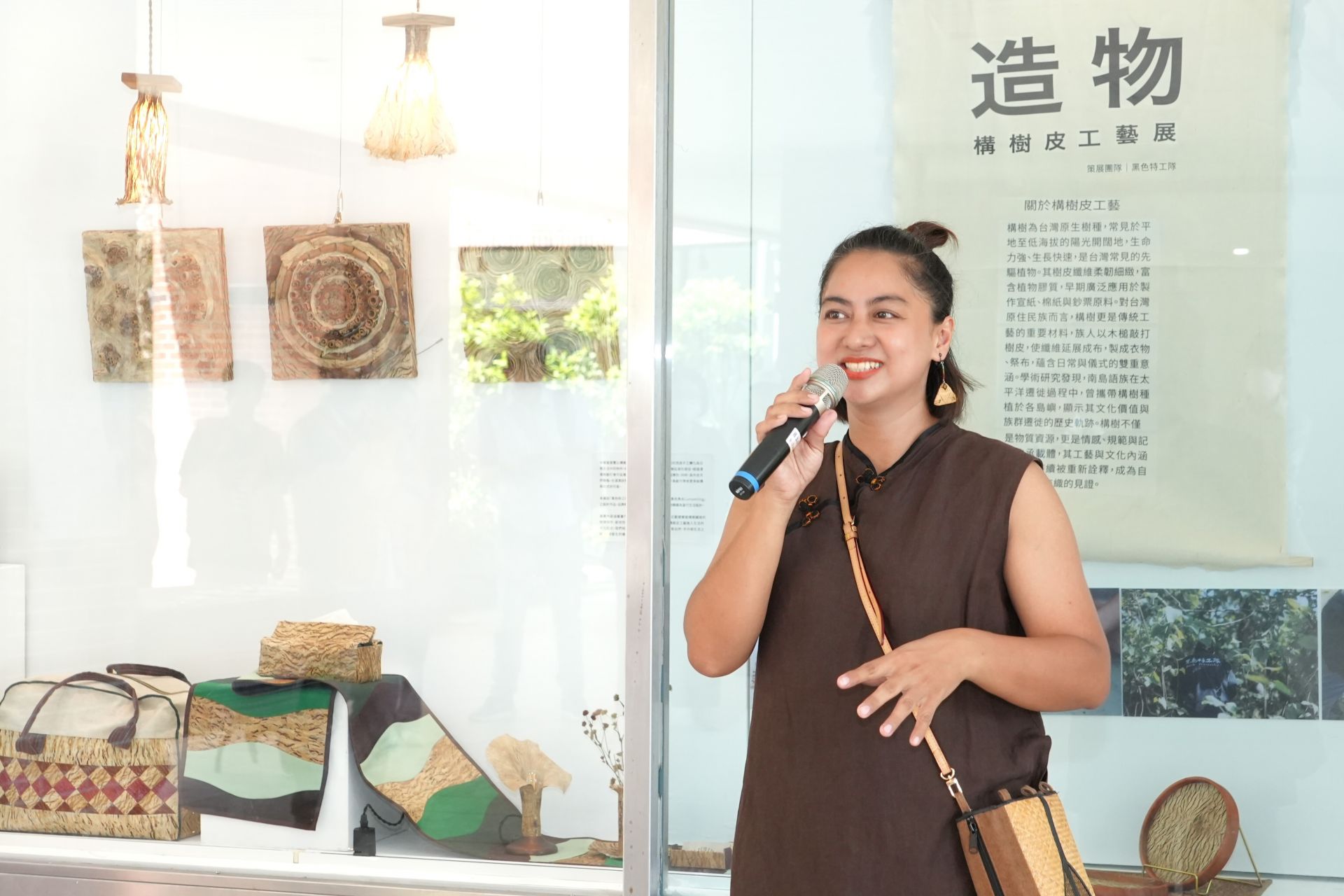
Ms. Ya-Lan Wang, curator of the “Lumamiling” collective, noted that this exhibition features two main themes — “Creation” and “Earthen Light”. The works are crafted using paper mulberry fiber, a natural material deeply rooted in Indigenous culture. The showcase vividly presents how participants integrated this traditional medium with everyday wisdom and artistic expression.
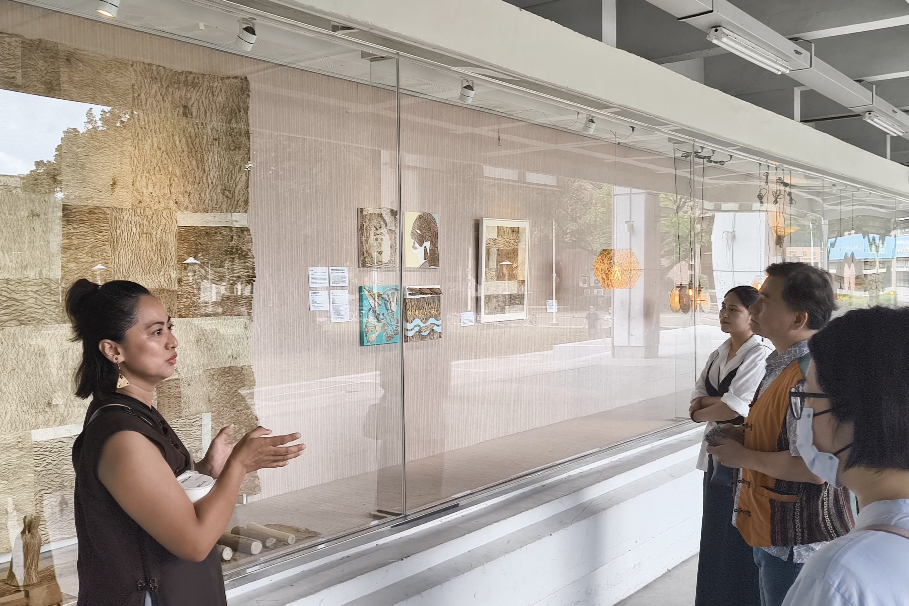
The 5th Indigenous Arts Showcase has expanded its exhibition, adding the Art Window Gallery on the first floor of the Student Activity Center at NCKU as an additional display venue.


